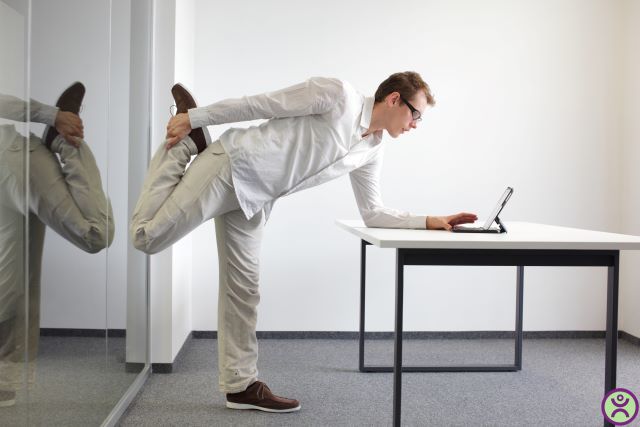How an Ergonomic Office Space Can Limit Long-Term Health Risks
Believe it or not, the more consecutive hours you spend sitting at your desk, the more harm you’re doing to your body.
The following is a list of physical ailments tied to desk jobs and what you can do to help avoid these health risks.
What are the health risks?
The human body was not designed to be idle. A sedentary lifestyle runs directly counter to the DNA blueprint from which our bodies are formed.
You’ve likely experienced some of the harms tied to office work. You may have a stiff back or sore fingers from hours of typing. When you sit at a desk all day, it puts lots of stress on your back, neck, and spine.
Unfortunately, those symptoms are just the beginning.
Scientific American reported that those who sit for more than half the day are twice as likely to suffer from cardiovascular problems. That’s because sitting all day slows the metabolism, increasing your risk of obesity. Scientists have also discovered that extended sitting can lead to arthritis and diabetes.
The Occupational Safety and Health Administration (OSHA) recognizes many problems associated with desk jobs. It calls them workplace musculoskeletal disorders. These disorders account for 33 percent of all worker injuries and illnesses. They include:
- Carpal tunnel syndrome
- Tendinitis
- Rotator cuff injuries
- Epicondylitis
- Trigger finger
- Muscle strains and low back injuries
Correcting health risks with office ergonomics There are lots of things you can do at work to improve your health. Eating a healthier lunch is one, office exercise is another.
But what about your actual desk setup? According to the Mayo Clinic, “proper office ergonomics can help you and your joints stay comfortable at work.”
But what does an office ergonomic workspace look like? Here’s a summary of the essentials:
1. Chair. A good office chair should support your spine. It should also be adjustable so you can rest your feet flat on the ground (or a footrest) and keep your knees level with your hips. Also, make sure the armrests allow your shoulders to relax.
2. Keyboard and Mouse. Remember, OSHA mentioned carpal tunnel syndrome as a common office disorder. An ergonomic keyboard and mouse can help solve this problem. Ergonomic keyboards and mice come in many different shapes and styles, but they all try and accomplish the same goal: to minimize the stress on your joints. But the equipment isn’t enough on its own. It also matters how you use it. Position the keyboard and mouse so your wrists remain straight and arms stay close to your body.
3. Desk. A common cause of a sore neck is a desk that’s too low. This causes you to look down at your screen. A better desk can work wonders for posture. Find a desk that allows you to adjust the height so your eyes are level with the computer screen. Make sure there’s enough room for your legs. Finally, you may even want to consider a standing desk, which further limits the time you spend sitting.












